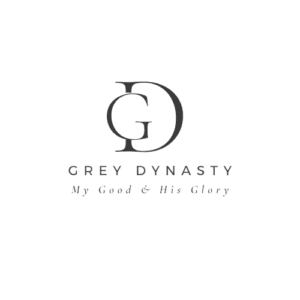
The evolution beyond the industrial age into the information technology age has ubiquitously affected all industries; the fashion industry included. As companies continue to scramble to take advantage of new opportunities in the globalized economy, pros and cons emerge of these technological advancements.

It’s a steep learning curve and mistakes are inevitable, as is greed where there are no checks and balances established yet. The expectation that companies will self-manage is problematic as these are new frontiers where limits, even by the self, are yet to be determined.

It is human nature to push as far as we can, gain as much ground as we can, expand our territories as far out as we can, and push back against boundaries. Left unchecked, there is no limit to the damage we can inflict in our pursuit for maximizing and optimizing profits.

The fashion industry is at crossroads when it comes to this push for gaining ground, cutting costs, increasing the bottom line. Everything is at risk, including life and limb, as the Rana Plaza tragedy showed back in April 2013. The environment too is being tasked to the maximum in our quest to innovate ground-breaking fabric types, colours and designs.

As fashion redefines itself, every major player has to ask themselves what they want to stand for. Moments like this define history and it’s our responsibility to see that we fall on the right side of it once the chips fall. Below are some of the issues we are dealing with within the industry, issues that should, indeed must, be addressed if we are going to survive as a positive in the community.

Ethical issues
- Child labour: poverty has led to exploitation of children who should be in school
- Safety: working conditions for garment workers have become increasingly dangerous
- Fair wages: garment workers in offshore production factories should be paid liveable wages
- Internship: interns & assistants based at headquarters worldwide are often unpaid or underpaid
- Fair trade: local weaving mills will need support to remain locally sustainable

Social Issues
- Consumerism: encouraging consumers to treat garments as disposable items in order to sell more & often, leading to unmitigated waste
- Cultural appropriation: making designs unique to an indigenous culture without including them in the conversation, thus alienating them
- Cultural exploitation: profiting from making designs unique to an indigenous culture without economically benefiting said culture
- Body image: promoting poor body image leading to unrealistic and often unhealthy body size expectations
- Diversity: Not being inclusive as regards race, highlighting only one standard of beauty, gender equality, transgender rights, disempowering all types of people
- Ageism: Older customers are the largest buying group of fashion yet they are rarely represented on catwalks and fashion shows
- Classist: Designers charging thousands for their designs yet claiming to champion the lower class is rather hypocritical.
- Elitism: this leads to unfavourable socioeconomic status comparisons

Environmental Issues
- Environmental disruption: the Organisation for Economic Co-operation and Development (OECD), lists five countries that are most affected by rising sea levels. Out of the five, four are fashion’s biggest manufacturing hubs: China, Vietnam, India and Bangladesh.
- Air pollution: transportation pollution to ferry clothes and raw materials back and forth, also leading to rising oil prices
- Pollutant: fashion is arguably in the top 10 dirtiest industry in the world
- Pesticides: using harmful pesticides for cotton and the toxic solvents to produce fabrics such as polyester
- Dyes: releasing harmful dyes into the rivers thus polluting the water and the environment
- Fresh water waste: the fashion industry has the second-largest water usage, dyeing and treatment processes use vast amounts of water
- Energy: there’s a need manufacturer in countries that use more renewable energy, and in energy efficient factories
- Waste: ill-fitting clothes leading to consumerism, which in turn lead to waste. The fashion industry operates under a take–make–waste linear model where the raw materials are not used circularly

Other ethical issues
- Inhumane: testing on animals and other animal rights issues
- Counterfeits: charging thousands of dollars without addressing the counterfeit products
- Copycats: the inability to patent or trademark a design making it liable to copying

This is by no means an exhaustive comprehensive list of the issues the fashion industry is currently grappling with. There are a lot of positive changes within the industry as major players awaken to the possibilities for change in current practices within the field. It’s an exciting time in the fashion as the industry seeks to redefine itself, and I for one, am excited to be a part of this positive change. Together we can build something stronger for the benefit of all and for a better environment, leaving our children to inherit a better earth. Cheers, Grey ღ

